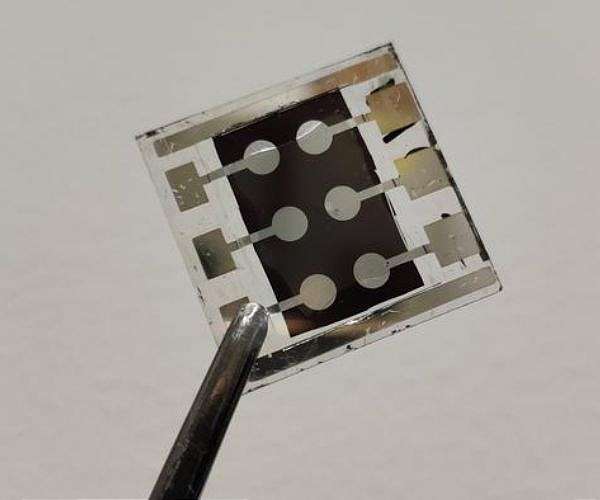HKUST researchers reveal hidden structure for improved perovskite solar cells
Researchers from the School of Engineering at the Hong Kong University of Science and Technology (HKUST) have discovered surface voids on individual crystal grains in perovskite thin films. This fundamental discovery reveals significant effects on the properties and reliability of the films. Using this knowledge, the team developed a new method to improve the efficiency and stability of perovskite solar cells by eliminating these concavities in the grain surface.
Perovskite solar cells are a promising technology that could replace silicon solar cells in several applications, including power grid, portable energy, and space photovoltaics. They offer higher power conversion efficiency (PCEs) than commercial silicon cells and have advantages such as low material costs, sustainable production and versatility in transparency and color. However, the stability of perovskite devices under light, humidity, and thermomechanical conditions has hindered their commercialization.
To address this challenge, Prof. ZHOU Yuanyuan, associate professor at HKUST’s Department of Chemical and Biological Engineering, and his research group conducted a study focusing on the microstructure of materials. They discovered numerous surface voids near the crystalline grains of the perovskite material. These concavities disrupt the structural continuity at the perovskite film interface and act as a hidden microstructural factor that limits the efficiency and stability of perovskite cells.
The team innovatively removed grain surface concavities using a surfactant molecule, tridecafluorohexane-1-sulfonic acid potassium, to control stress evolution and ion diffusion during perovskite film formation. Consequently, their perovskite cells showed marked improvements in maintaining efficiency during standardized thermal cycling, moist heat, and maximum power tracking tests.
“Structure and geometry of individual crystalline grains are the origin of the performance of perovskite semiconductors and solar cells. By revealing grain surface concavities, understanding their effects and using chemical engineering to tailor their geometry, we are pioneering a new way to make perovskite solar cells whose efficiency and stability are approaching their limits,” says Prof. Zhou, the corresponding author of this work.
“We were very intrigued by the surface cavities of perovskite grains when we used atomic force microscopy to investigate the structural details of perovskite films. These cavities are usually buried beneath the film bottom and are easily overlooked,” he added.
“Microstructure is vital for perovskite solar cells and other optoelectronic devices, and can be more complex than conventional materials due to the hybrid organic-inorganic properties of perovskite materials. Under the leadership of Prof. Zhou, we are able to use several new characterization and data science approaches to gain insight into the perovskite microstructure,” says ZHANG Yalan, a PhD student in Prof. Zhou’s research group and co-author of this work.
The team’s research, titled “Elimination of Grain Surface Concavities for Improved Perovskite Thin-Film Interfaces,” has been published in the prestigious journal Nature Energy. The research was conducted in collaboration with Hong Kong Baptist University and Yale University.
Research report:Elimination of grain surface concavities for improved perovskite thin film interfaces


